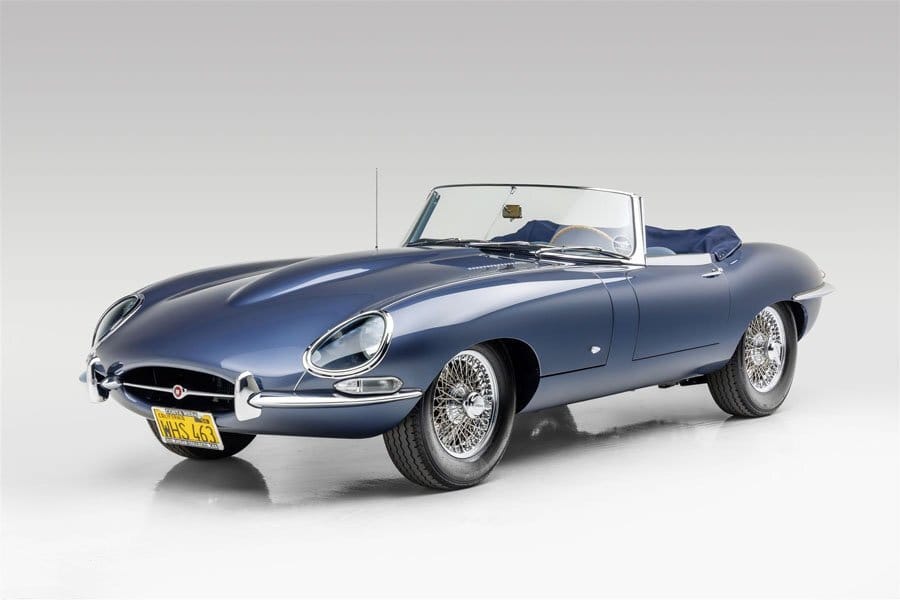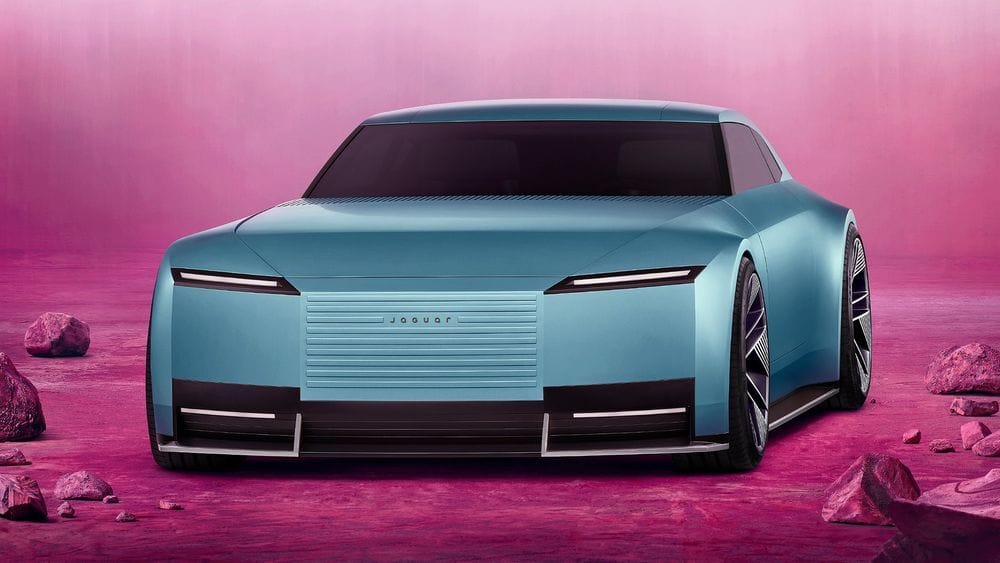- Built to Last
- Posts
- Jaguar Sales Plunge 97.5% in Europe
Jaguar Sales Plunge 97.5% in Europe
From Roaring to Whispering. Jaguar’s identity crisis, the branding lesson founders can’t ignore
Welcome Builders!
This week, we’re diving into one of the most dramatic brand transformations in the modern automotive world, and how it’s currently backfiring. Jaguar, once a symbol of British performance and luxury, is now facing a 97.5% sales collapse in Europe. Why? The same reason a lot of founders fumble when they scale: they forget what made them special in the first place. Let’s break it down.
The Original Cat of British Speed
Jaguar began in 1922 as the Swallow Sidecar Company, founded by William Lyons and William Walmsley. Initially building motorcycle sidecars, they soon shifted into automobiles and earned a reputation for sleek design and powerful performance. By 1945, the company was rebranded as Jaguar Cars, with a goal of creating world-class performance vehicles that embodied speed, style, and British engineering. Throughout the 1950s and 60s, Jaguar made waves with cars like the XK120 and the legendary E-Type, which Enzo Ferrari famously called "the most beautiful car ever made."

1961 Jaguar E-Type that Enzo Ferrari called "the most beautiful car ever made"
The brand’s identity was deeply tied to its styling and performance. Jaguars were aspirational, exciting, and slightly rebellious. But over time, a series of corporate takeovers, from British Leyland to Ford, and later Tata Motors led to shifts in direction and conflicting visions for the company. The soul of Jaguar started to blur, and in the 2020s, that identity crisis would reach its peak.
From Legacy to Luxury Electric Brand
In 2021, Jaguar stunned the industry by announcing it would go fully electric by 2025 and reposition itself as a “modern luxury” brand. According to CEO Thierry Bolloré, this move was meant to create “a copy of nothing.” The company killed off its popular XE and XF sedans, scrapped new vehicle launches, and halted sales of its flagship electric I-PACE in key European markets. It was a full-blown reset.
But the results have been disastrous, at least so far. According to new data, Jaguar’s European sales collapsed by a staggering 97.5% in Q1 2025 compared to the same quarter the year prior, with just 99 cars sold across 28 EU countries . The pivot to ultra-premium EVs alienated longtime fans and confused new buyers. A brand that once stood for performance, speed, and prestige now seemed like it was chasing trends instead of leading them.

The Jaguar Type 00
And the confusion didn’t stop at the product line. Jaguar’s messaging grew vague, emphasizing “modern luxury” without clearly defining what that meant to consumers. The I-PACE, once a promising electric contender, was pulled from shelves without a successor in place, leaving a massive gap in Jaguar’s showroom. Meanwhile, competitors like Porsche, BMW, and Mercedes-Benz continued refining their EV strategies while retaining their legacy design language and performance reputation.
Jaguar, in contrast, seemed to be building an entirely new company on top of its old name and customers noticed. Dealers across Europe reported growing frustration with the lack of inventory and weak consumer interest. Jaguar’s attempt to jump from classic sports sedans into high-end, futuristic EVs left their core audience feeling abandoned and new buyers unconvinced. The lesson? Even bold vision needs a bridge to get from legacy to future or you risk losing everyone in between.
Reinvention is Not Rejection
Reinvention is powerful but reinvention without a clear transition plan is risky. Jaguar’s attempt to leap from traditional performance sedans to futuristic luxury EVs felt more like a brand transplant than an evolution. Loyal customers, who had built emotional ties to the aggressive design, racing heritage, and refined performance of Jaguar’s lineup, were suddenly told the brand was something entirely new. The company shuttered core models like the XE and XF while offering no clear replacements, effectively gutting the product line that had sustained Jaguar for decades.
This aggressive shift confused the market. While the idea of becoming “all-electric” by 2025 sounds forward-thinking, the execution lacked a phased strategy or compelling narrative that built on what Jaguar already did well. Brands like Porsche and Mercedes transitioned into EVs while still celebrating their design legacy and heritage of performance. Jaguar could’ve leaned into its racing roots with EV tech, or modernized its classic styling cues to carry familiar DNA forward. Instead, the company tried to become a luxury EV startup wearing the Jaguar badge. And when legacy brands try to act like startups, they risk alienating everyone they once inspired.
Customers Need Consistency Not a Midlife Crisis
When companies chase reinvention, they often forget that customers don’t buy products, they buy stories. Jaguar’s story was once clear: speed, elegance, prestige at a slightly higher price. But now, that identity feels blurred. Modern luxury is a noble goal, but it has to mean something concrete to the people paying for it. Without a strong bridge from where you were to where you’re going, you’re not evolving, you’re rebranding. And rebranding doesn’t work if the audience doesn’t understand who you’re trying to become.
In business, legacy is a trust asset. If you throw it out entirely, you force your customers to re-learn who you are and why you matter. That’s a tall ask especially in a competitive market where other brands are reinforcing, not reinventing. The smart move isn’t abandoning your DNA, it’s translating it. Jaguar’s misstep is a reminder that vision is only half the equation. Execution, the slow, intentional reshaping of identity is what makes reinvention actually stick.
Feedback
Thanks for reading this week’s Built to Last.
We're here to help founders like you learn from history—wins and missteps alike. If you’ve got thoughts, feedback, or founders you'd like to see covered, reply and let us know.
📬 Subscribe here if someone forwarded you this!
See you next week,
— The Built to Last Team
Rank #1 on Amazon—Effortlessly with Micro-Influencers!
Stack Influence automates micro-influencer marketing to boost your Amazon ranking and revenue. Trusted by brands like Unilever and Magic Spoon, our platform drives external traffic and authentic content at scale, effortlessly.
